Full steam ahead for Cowley Branch Line
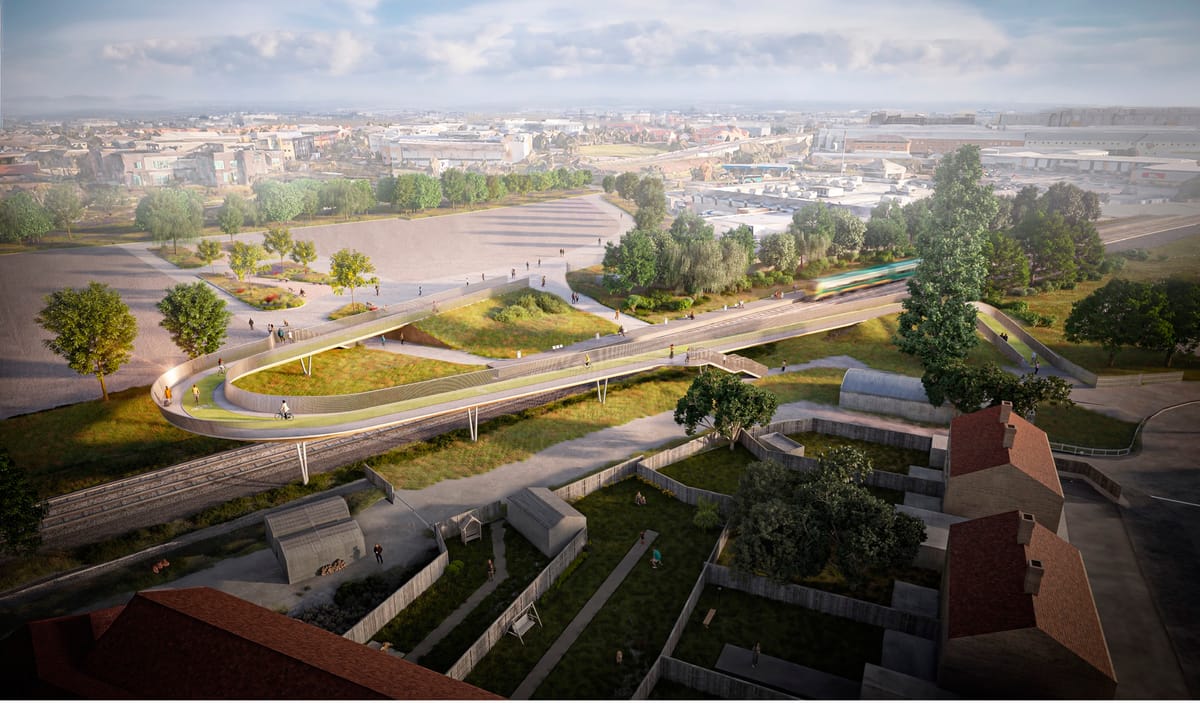
Direct trains will run from Cowley and Littlemore to Oxford and London Marylebone, as the Government today announces £120m of funding to reopen the Cowley Branch Line to passengers.
The funds will pay for the line – currently used only by freight trains to BMW’s Cowley plant – to be upgraded to full passenger standards, with new stations built at Littlemore and Cowley. The stations will be situated close to the fast-expanding Oxford Science Park, ARC Oxford, and Ellison Institute of Technology, with the latter alone planning to employ some 7,000 people.
The rail minister, Lord Peter Hendy, and Chief Secretary to the Treasury, James Murray, are travelling to Oxford today to announce the funding in the company of local council and business leaders. Oxford’s hi-tech employers have been vocal in their support of the project, establishing a Campaign for the Cowley Branch Line and lobbying Government. The City Council has already committed £3.8m to the project, while the County Council this Tuesday agreed to put a swathe of business rates towards railway improvements across the county. £35m from councils and businesses will be needed to complete the funding offered by Government.
Oxford City Council leader Susan Brown said the railway would be transformational:
“The Cowley Branch Line is the single most important piece of infrastructure for connecting local communities and businesses in south and east Oxford. It will give access to more amenities and jobs, help to cut congestion, meet our climate targets, and unlock new homes and jobs. We are proud to have worked with our partners to get the project to this stage, and we’re pleased the government recognises how important it is for the people of Oxford and beyond. We now need to work with landowners and developers in the area to help pay for the line and the works needed to connect the stations into the communities they serve.”
Oxford East MP Anneliese Dodds said it would “make a massive difference to local residents”, while Oxfordshire County Council leader Liz Leffman described it as “a landmark moment for Oxfordshire, and a greener future for our county”. Oxford West & Abingdon MP Layla Moran said “I’m delighted this investment recognises the urgent need for decarbonised transportation,” while Freddie van Mierlo, MP for neighbouring Henley & Thame, said it would give “vital new travel options to communities in the north of the constituency”.
A specially chartered VIP train will be running the length of the Cowley Branch Line today, leaving Oxford Parkway at 10.15am and arriving at the BMW works at 10.43, then returning shortly afterwards. The party will also be visiting the Ellison Institute of Technology, which welcomed its first students this week.
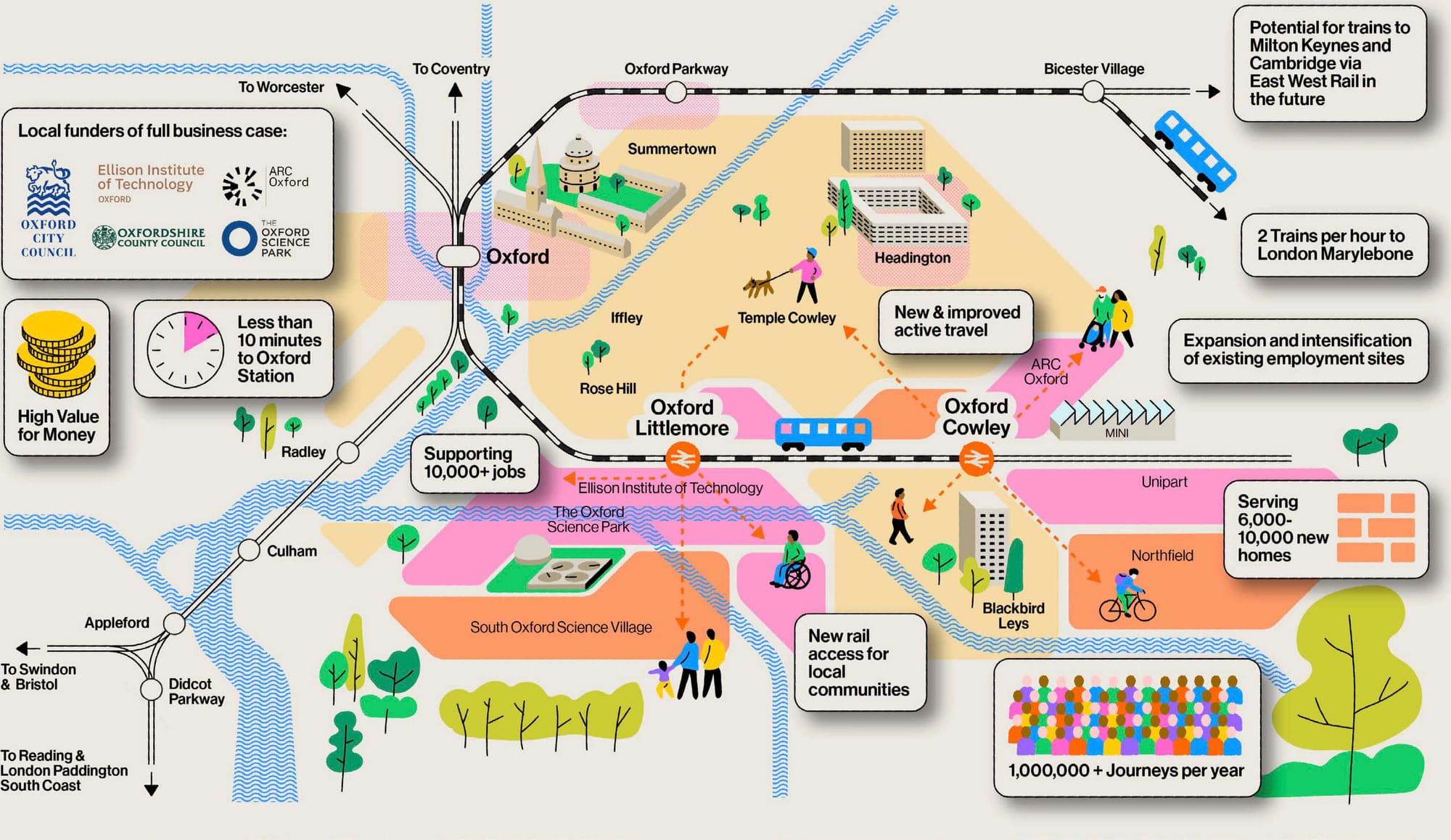
Rebuilding the track
The line, of course, is already there. Built in the 1860s as a through line from Oxford to Princes Risborough, it was closed to passenger traffic in 1963. Most was ripped up, but the Oxford–Cowley section survived as a stub for freight trains serving the Mini factory. Chiltern Railways at one point considered rebuilding the full line to Princes Risborough, but engineering challenges (such as the M40 crossing and Horspath Tunnel’s bats) led them to pursue linking Oxford to Marylebone via Bicester instead.
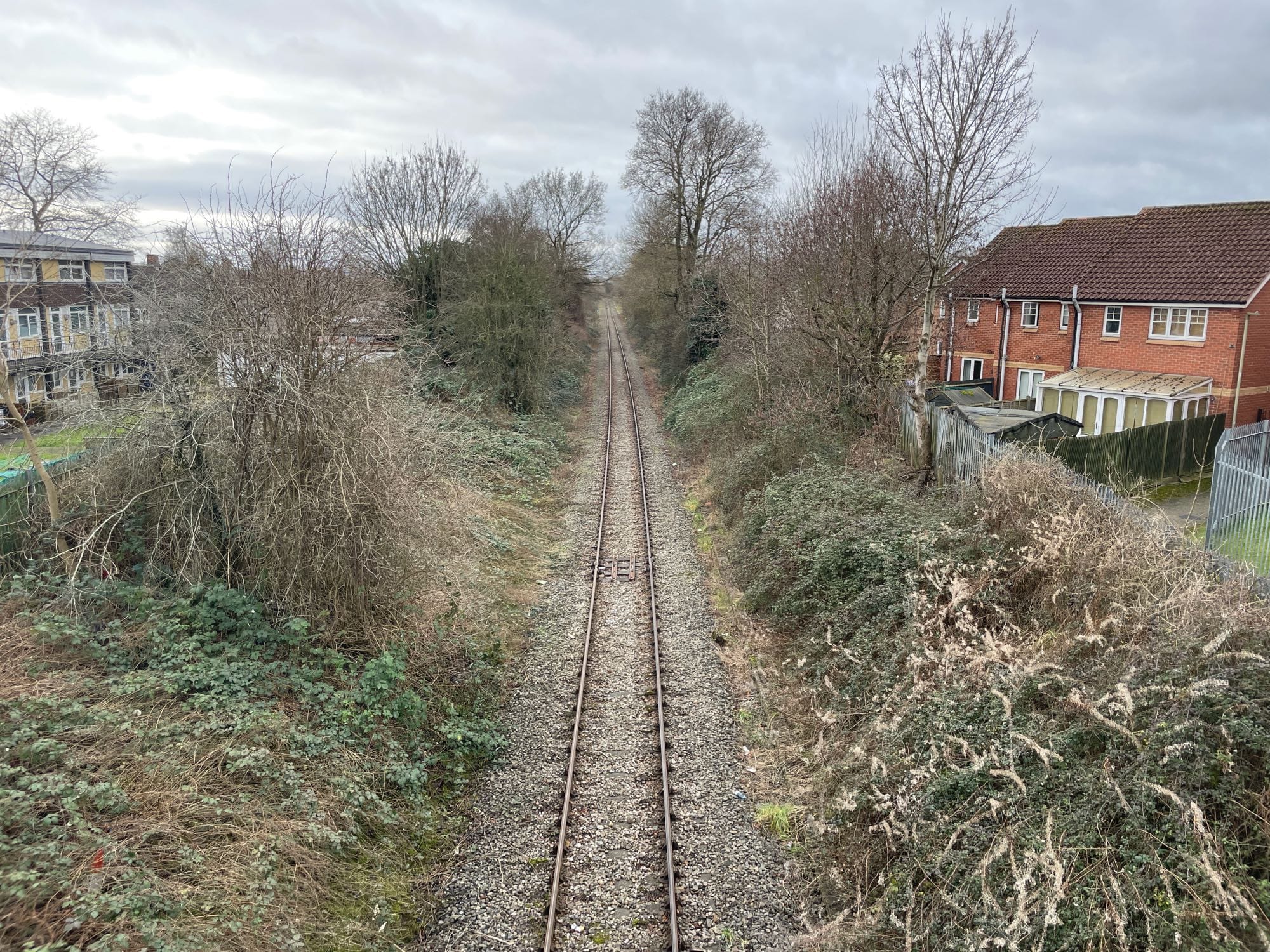
The track needs to be upgraded to passenger standards. Currently the maximum line speed is just 25mph: the plan is to bring this up to 50mph, considered enough with two stations in close proximity.
The branch line meets the main line at Kennington, near the girder bridge over the River Thames. Trains will then share the main line between Kennington and Oxford station – a line which is already busy. Work will be needed to increase capacity on this stretch.
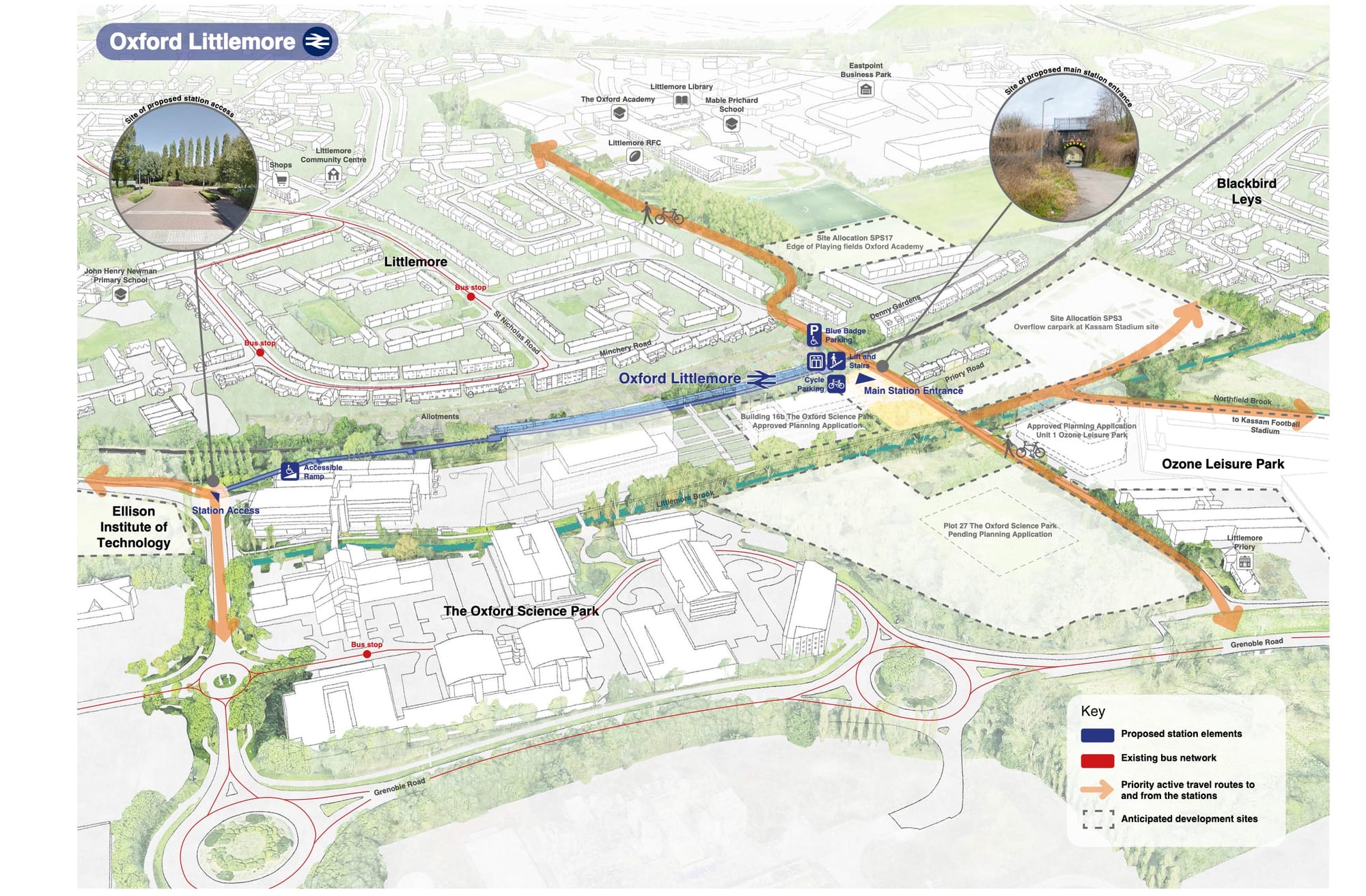
Littlemore station
The first of the two stations will be built on the southern edge of Littlemore, between Minchery Road and the Ozone/Kassam Stadium area.
This is set to be Oxford’s fastest-expanding area for hi-tech office and lab developments. As well as the colossal Ellison Institute of Technology, the redevelopment of the Ozone site (currently a leisure centre) has recently been announced. The Kassam Stadium site will follow suit after Oxford United vacate it for the Triangle.
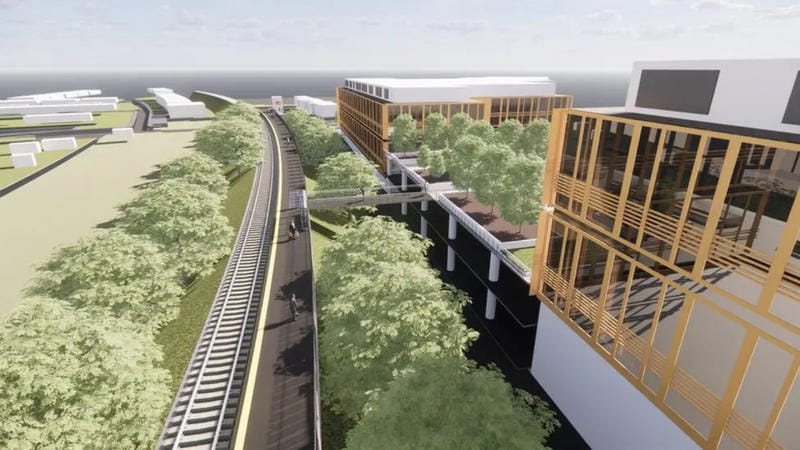
With the line remaining a single track, Littlemore station will consist of little more than one platform. The main entrance will be next to the cul-de-sac of Priory Road, which is effectively traffic-free and is envisaged as a ‘priority active travel corridor’ through to Grenoble Road. There will be a second access from the EIT to the west.
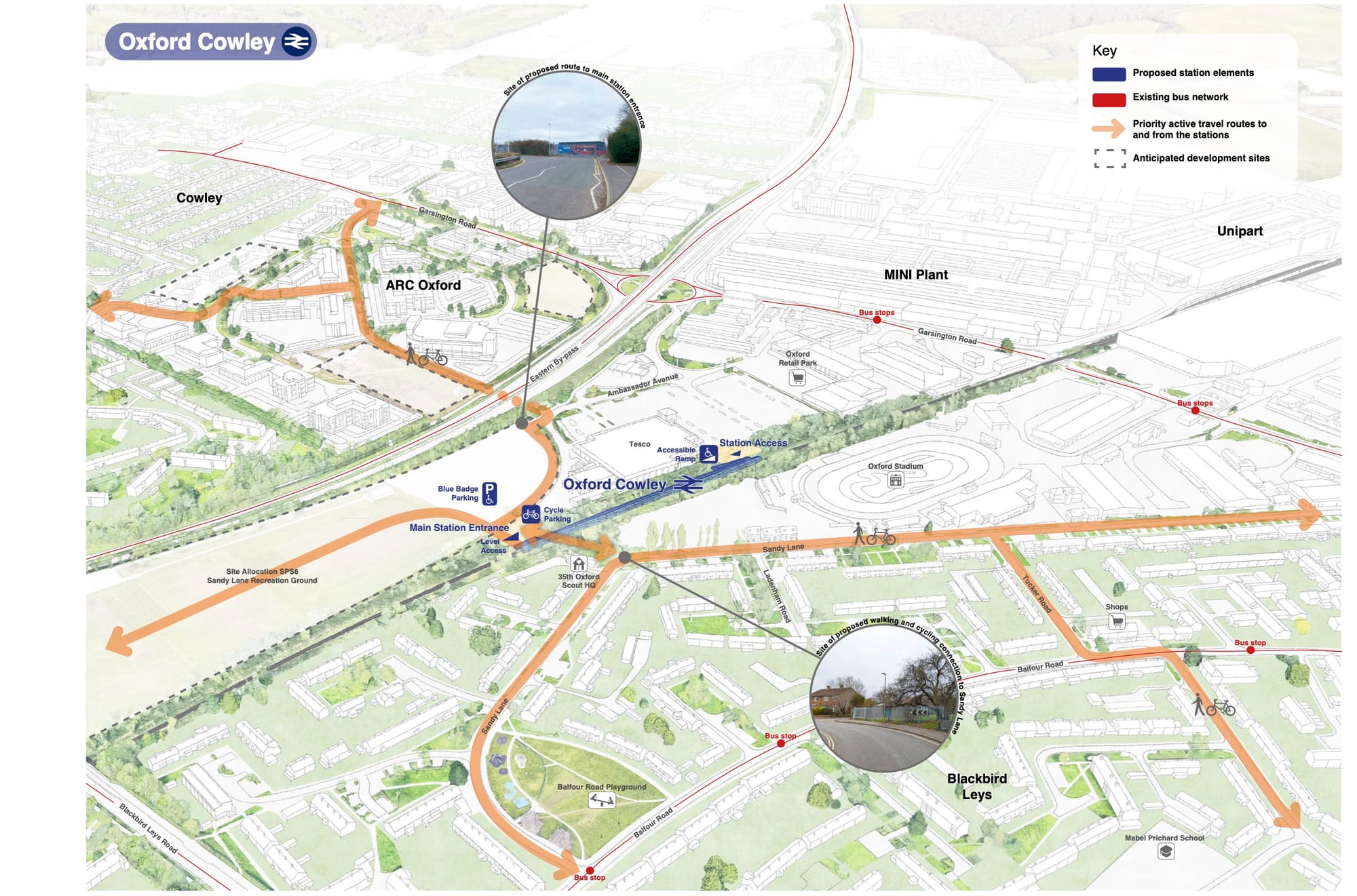
Cowley station
The second station, Cowley, will be built between Tesco and Sandy Lane.
The site is sandwiched between Cowley itself and Blackbird Leys. ARC Oxford (formerly the Oxford Business Park) is just over the ring road, with a traffic-free underpass already in place. Sandy Lane Recreation Ground, adjacent to the station site, is envisaged for 120 new houses. And, of course, the Mini factory and adjacent Unipart HQ are not far away.
Unlike at Littlemore, there is no existing crossing of the railway here. A new high-profile foot and cycle bridge has been proposed to cross the line (illustrated in the header image in this article), which would double as a connection for Blackbird Leys residents to reach Tesco and ARC Oxford.
With these two new stations open, four of Oxford’s hi-tech clusters will be linked by a direct train: ARC Oxford at Cowley, Oxford Science Park and the EIT at Littlemore, Osney Mead and Oxpens (and, of course, the city centre) at Oxford’s main station, and Oxford North linked to Oxford Parkway by a new walking/cycling route. The Culham Campus, Didcot, and potentially Bristol will be just one change away.
Frequently asked questions
- When will the Cowley Branch Line be open?
No firm date has yet been announced – perhaps wise given the interminable delays at Botley Road and for East West Rail. But county council leader Liz Leffman’s quote for opening day speaks of “nearly a million return rail journeys plus new stations at Littlemore and Blackbird Leys on this branch line by 2030”. - How often will trains run?
They are expected to be every half-hour, extending the existing half-hourly Oxford–Marylebone service. - How long will a journey take to Oxford?
From Oxford station to Littlemore (Science Park/EIT) will be just seven minutes. Cowley (ARC Oxford) will be a further four minutes. (Compare to the 3A bus which currently takes 35 minutes from the Westgate to Littlemore at rush hour.) - And how long to London?
Oxford–Marylebone trains currently take a leisurely 1hr20, a poor second to the 50-minute journey to Paddington. That’s mostly because extra suburban stops were added post-Covid to “rationalise” Chiltern Railways’ service pattern. But that’s not set in stone; it is possible that the original 66-minute journey time could be reinstated for a few trains a day, making it 73 minutes direct from Littlemore to Marylebone. - How much will the fares be?
The county and city councils say they will “work to ensure fares to and from central Oxford are in line with other similar-length journeys”. Currently, a return from Oxford Parkway to central Oxford is £4.80 peak, £4.10 off-peak; expect fares from the Cowley Branch Line to be similar. - Who will run the trains?
Chiltern Railways, although by the time of reopening the operator will have been nationalised. - What will the trains be like?
At first, they will be the same Chiltern ‘Clubman’ three/four-carriage diesel trains that currently run from Marylebone to Oxford. Chiltern are, however, planning to replace this fleet in the medium term. The older Turbo trains will be seen less frequently in Oxford that Chiltern has acquired new trains for its Birmingham route. - Will the stations have car parks?
At present, they are mostly conceived as ‘metro stations’ for journeys to/from the business parks and local housing, rather than Park & Ride stations. As such, large car parks aren’t part of the plan. That said, we would not be entirely amazed to see some sort of parking near Cowley station for commuters from the south and east of Oxford, particularly if the controversial Chalgrove Airfield new town goes ahead. - Who’s paying for it?
The total £155m budget will be covered by £120m of Government funding and £35m from local businesses and councils. Much of the latter is expected to come from contributions associated with new developments (Section 106 funding). Crucially, the service is forecast to cover its running costs almost from the start; Network Rail estimates that a million journeys per year would be made after only three years of operation. - And why is the Government funding it?
The Oxford–Cambridge corridor is one of the brightest spots in the UK economy right now. Barely a week goes by without a new ‘lab space’ development somewhere in central Oxfordshire. But Oxford’s competition is international – university cities across Europe with metro systems, trams, and congestion-free centres. Not only are good transport links a prerequisite for investors, they also provide the quality of life required to attract the skilled knowledge workers who will staff the biotech and AI companies of the future. As we explored in August, focusing Oxfordshire’s development around railway stations – not just the Cowley Branch Line, but also Wantage & Grove, Begbroke, and Ardley – could unlock the hi-tech economy without leading the county into congestion hell.
